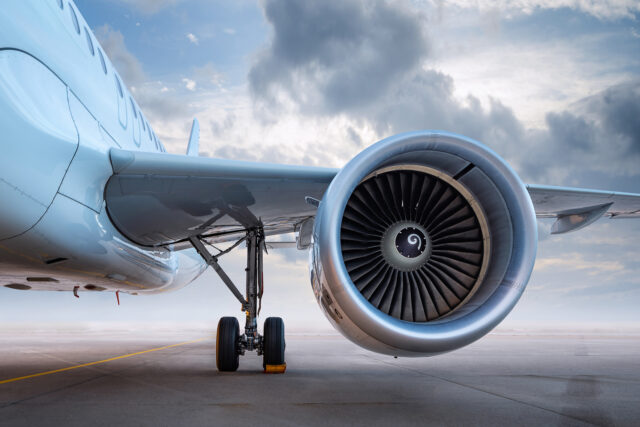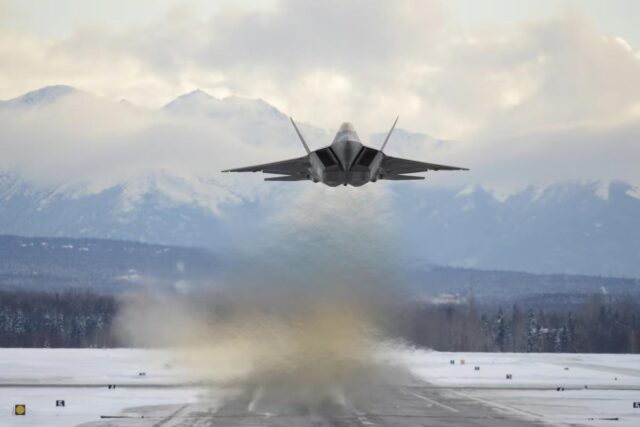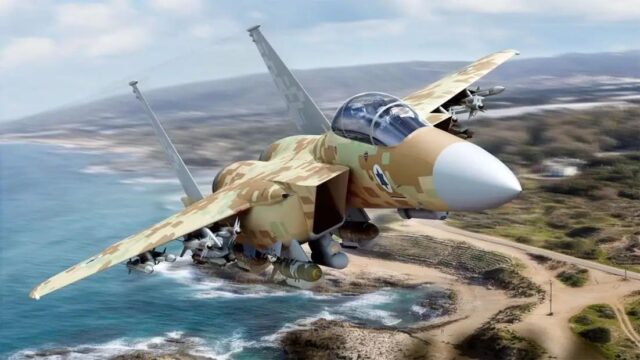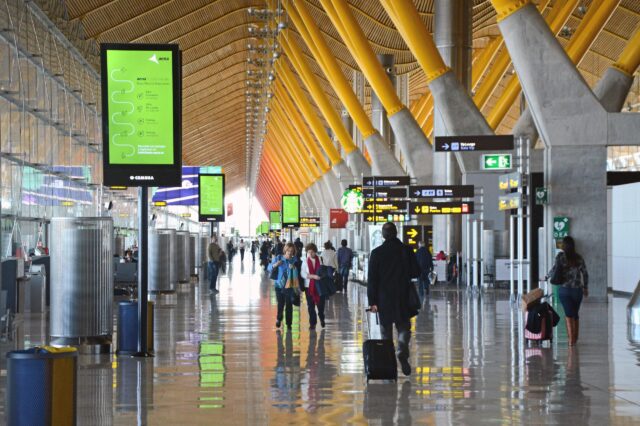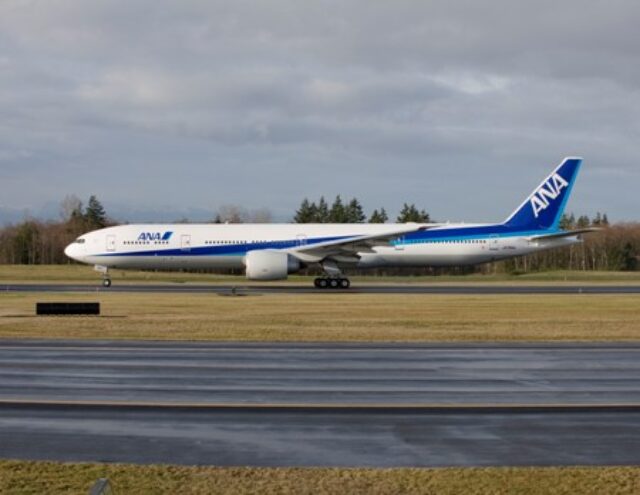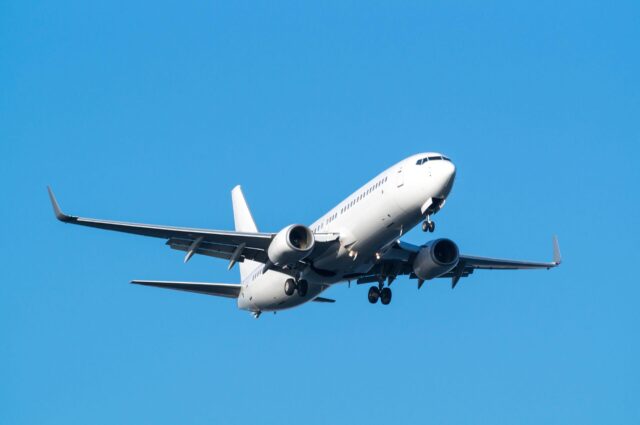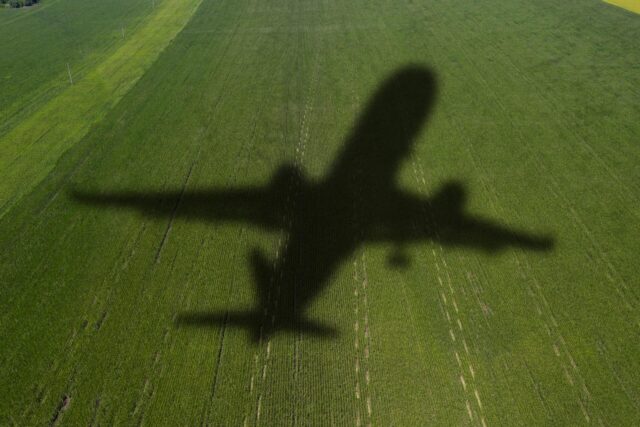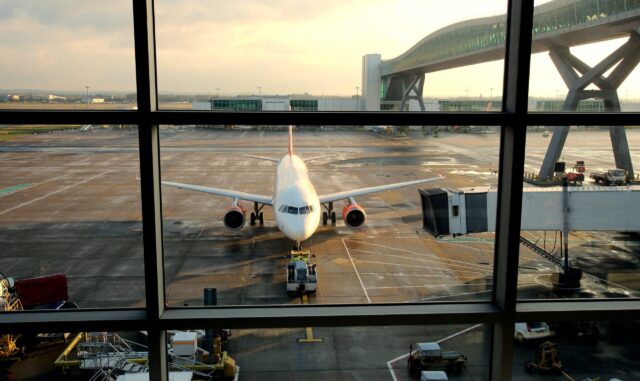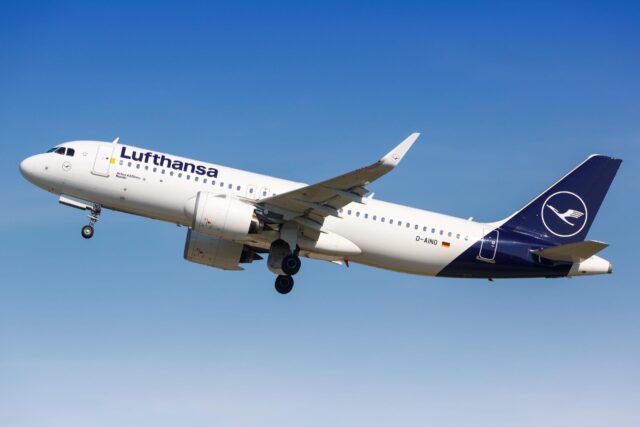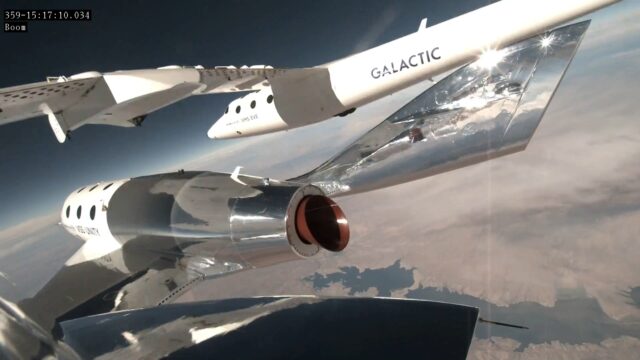18 hours, 125 aircraft: Inside Operation Midnight Hammer and the US strategy to strike Iran undetected

June 23, 2025

Very early on Saturday morning, at around 03:00 UTC, a group of US Air Force KC-135 Stratotankers left Altus Air Force Base in Oklahoma. This was the beginning of Operation Midnight Hammer, where the US would strike Iran’s nuclear sites using the ‘bunker buster’ GBU-57 for the first time in history.
But the operation was not playing out quite as the eagle-eyed planespotters had imagined when they first spotted those eight Stratotankers heading northeast.
As the groups turned West over Missouri and fanned out to the south of Whiteman Air Force Base, Flightradar notes the lead tanker became the most tracked aircraft in the world. The B-2 fleet is housed at Whiteman AFB, and if they were to be used in attacks on Iran, they’d need a number of tankers to fly with them to refuel en route.
Most tracked flights — all eyes were on the tankers that fueled the B-2 diversion. https://t.co/zj1zHzjKhS pic.twitter.com/wXgD97MHeF
— Flightradar24 (@flightradar24) June 22, 2025
But while the world was watching where the fuel was going, a group of B-2 Spirit bombers took off and headed in the opposite direction, flying east.
How the B-2s snuck into Iran undetected
With no tankers flying with them, the B-2s were invisible.
The stealthy aircraft has a radar cross-section (RCS) of around 0.0001 square metres – about the size of a bumblebee. Coated in radar-absorbing materials and with its iconic flying wing design, it’s very difficult to see it coming by traditional methods.

Its General Electric F118 engine is buried deep within the airframe, reducing its acoustic signature. Cooling vents and top mounted exhausts minimise its infrared signature too.
The crew kept communications to a minimum as they crossed the Atlantic.
The mission was a success.
“At around 02:10 local time in Iran, the lead B-2 dropped two GBU-57 Massive Ordanance Penetrator weapons on the first of several aim points at Fordow,” Chairman of the Joint Chiefs of Staff U.S. Air Force Gen. Dan ‘Razin’ Caine told media, as reported by TWZ.
That was followed by other bombers dropping their ordnance, with a total of 14 ‘bunker busters’ deployed across two target areas.

“We are unaware of any shots fired at the package on the way out,” he added. “Iran’s fighters did not fly, and it appears that Iran’s surface-to-air missile systems did not see us throughout the mission; we retained the element of surprise.”
Operation Midnight Hammer was supported by a total of 125 aircraft, including 4th and 5th generation fighter jets, dozens of tankers, a guided missile submarine and an array of intelligence, surveillance and reconnaissance aircraft.
How did the B-2s fly to Iran for Operation Midnight Hammer?
The direct great circle route to Fordow, around 100 miles south of Tehran, would involve heading north over Canada, crossing Greenland, Scandinavia and skirting the edge of Russia.

Even then, the almost 6,000 nmi trip would be too much for the B-2s without refuelling. Its range of 6,000 nmi requires at least one fuel up on the way, potentially more if they want to do the job then get far, far away, fast.
But these B-2s weren’t taking the great circle route. They headed directly across the Atlantic towards landmass. Caine stated that they “completed multiple in-flight refuelling,” but how?
To answer that, we have to look back to a week ago, when open source intelligence and planespotters reported a large flotilla of tankers heading east from the United States.
I have no intel on what this is, but if you were going to support Israel’s campaign directly in an offensive manner, these tankers is what they need most. Also bomber global airpower missions. Or this could be something else, including providing a contingency option. https://t.co/ZVTusZT9aB
— Tyler Rogoway (@Aviation_Intel) June 16, 2025
Tyler Rogoway pontificated on the purpose of this mission for TWZ. One suggestion was that the tankers were building a robust air bridge from the US to the Middle East.
That, it would seem, is precisely what they were doing. “Pre-positioning a tanker bridge spanning the Atlantic to the Middle East would be needed to support those heavily-laden B-2 operations,” Rogoway noted.

In the briefing about Operation Midnight Hammer, Caine explained that the B-2s “linked up with escort and support aircraft in a complex, tightly-timed manoeuvre.”
These tankers met the B-2s on route to refuel the bombers, keeping them airborne for more than long enough to make it Iran and out again.
Along the way, F-35s and F-22s joined the flight, sweeping the airspace ahead of the B-2s for enemy fighter jets and surface-to-air threats.

The coordination and planning that went into the execution of Operation Midnight Hammer is impressive. Even more so is the lack of leaks – only a handful of people in the Pentagon understood where and how the real action was taking place.
The assessment of the damage caused at Fordow, Natanz and at Isfahan – which was struck by two dozen Tomahawk missiles from a US submarine – is ongoing, but the US is declaring the mission a resounding success.
